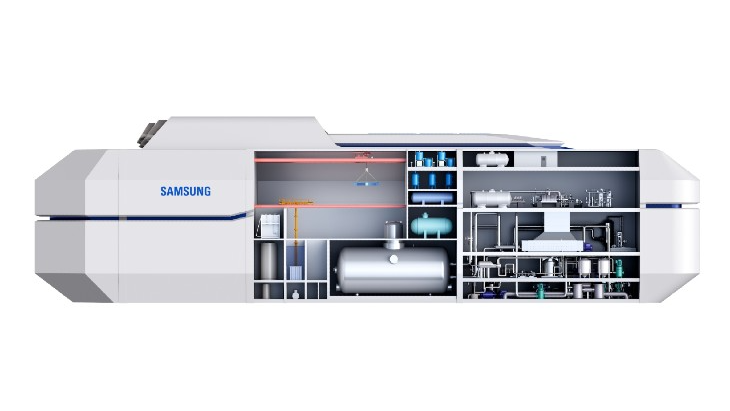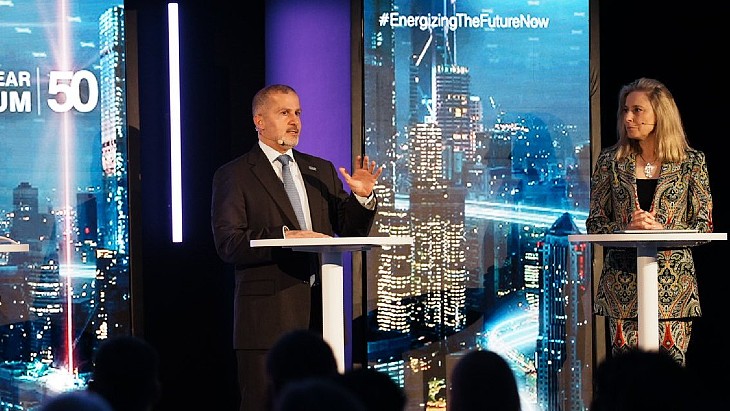Professor Amod Ogale, deputy director of Clemson University's Centre for Advanced Engineering Fibres and Films (CAEFF), was awarded the $450,000 grant to research carbon fibres embedded into a carbon matrix that do not melt in extreme temperatures. Such materials could potentially be used in Generation IV nuclear power reactors currently under development.
"One proposed design of the next generation of nuclear plants will consist of a helium-cooled generator that will operate in the range of 1200-1800 degrees Fahrenheit (650-980 degrees C)," Ogale said. "A critical safety requirement for this reactor is that it can shut down safely in the event of a malfunction where coolant flow is interrupted. Steel alloys currently used internally in reactors melt at the peak temperature of 2500 degrees Fahrenheit (1370 degrees C), where carbon-fibre composites do not."
However, the performance of carbon-fibre composites in a nuclear environment is not adequately understood. Ogale and his team will study the effects of neutron radiation on carbon fibres.
Ogale's prior research has shown that including carbon nanotubes (large molecules of carbon that are tube-shaped and 30 nanometres in size) in carbon fibres leads to the development of a more uniform texture that improves the properties of the ultra-thin carbon fibres. In his research, Ogale expects to generate high graphitic crystallinity, a solid-ordered pattern that is evenly distributed so that any changes in fibre properties due to radiation can be minimized.
Irradiation experiments will be conducted in collaboration with researchers at Oak Ridge National Laboratory. South Carolina State University researchers also will participate in the study.
"This research will lead to a fundamental understanding of how the nanotubes set themselves up to provide radiation-damage tolerance to carbon fibres," said Ogale.
Further information
Clemson University





_18570.jpg)
_16159.jpg)
_49205.jpg)





